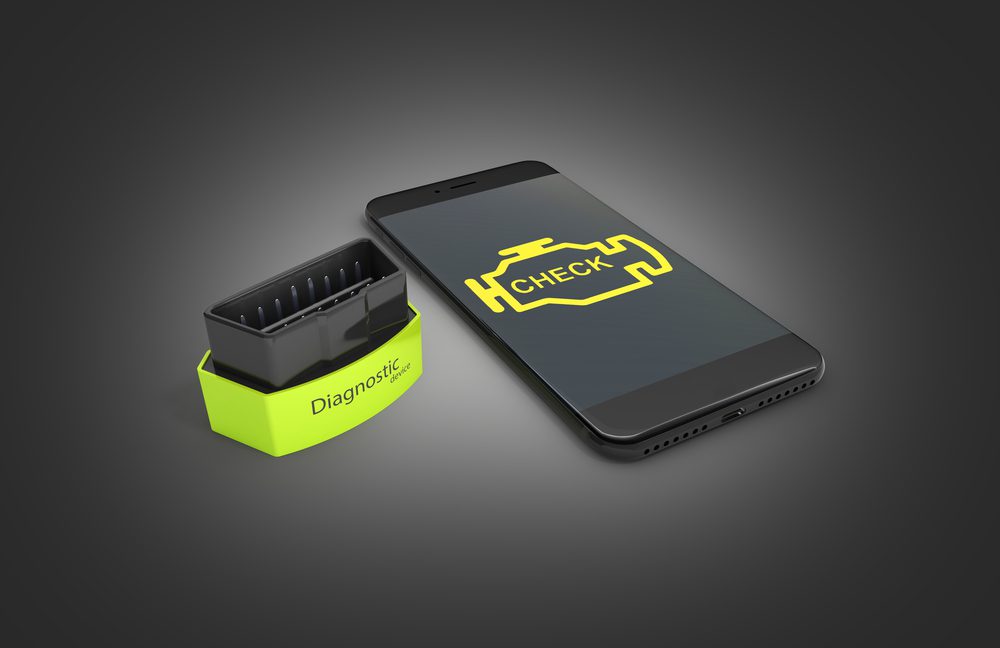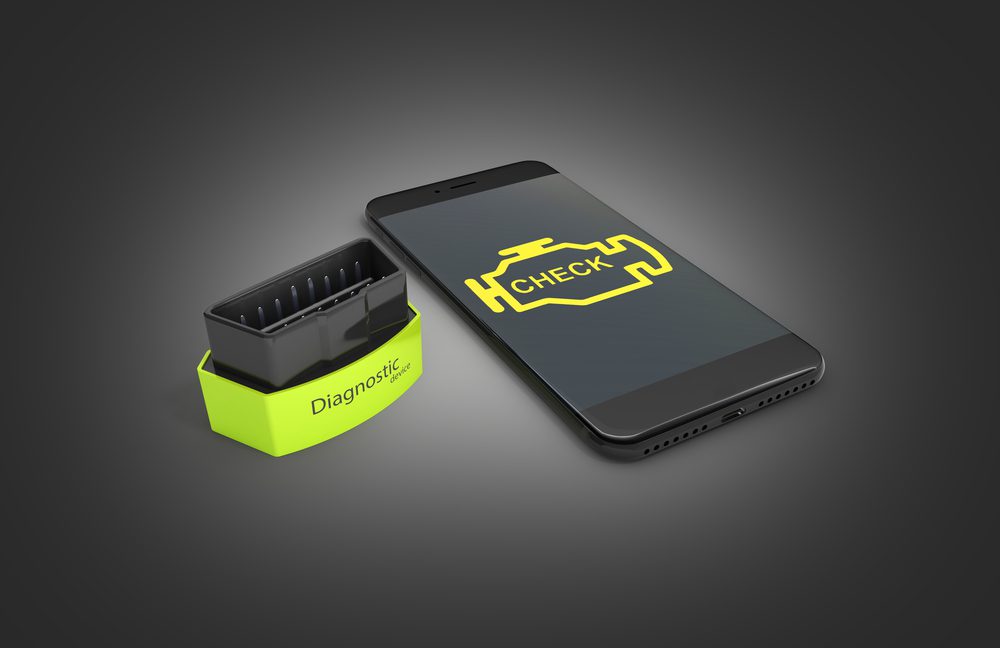What year cars have OBD2?
Introduction
The On-Board Diagnostics (OBD) system is an essential component in modern vehicles that helps diagnose and monitor the performance of various vehicle systems. The OBD system provides valuable information about engine performance, emission levels, and overall vehicle health. However, the implementation of OBD has evolved over time, and not all vehicles have the same version of the system. In this article, we will explore the question, “What year cars have OBD2?”, and delve into the history, significance, and implications of OBD2 compliance.
The Evolution of On-Board Diagnostics
Since the inception of automotive electronics, manufacturers have recognized the importance of monitoring and diagnosing vehicle systems. The first-generation OBD system, known as OBD1, was introduced in the 1980s. However, OBD1 systems varied significantly between manufacturers, making it challenging for mechanics to access and interpret diagnostic information.
To address these inconsistencies, the Society of Automotive Engineers (SAE) developed the standardized OBD2 system. OBD2 was mandated for all vehicles sold in the United States from 1996 onwards. In the UK, OBD2 compliance became widespread around the same time, although it was not legally required by the government. Despite the lack of legislation, many European manufacturers adopted OBD2 as a global standard, ensuring compatibility across markets.
Benefits of OBD2 Compliance
OBD2 compliance brought several significant benefits to both vehicle owners and technicians. One of the key advantages is enhanced diagnostic capabilities. OBD2 systems are capable of detecting a wide range of faults and malfunctions, which simplifies the troubleshooting process. This not only saves time but also reduces the cost of repairs.
Additionally, OBD2 allows for real-time monitoring of various vehicle parameters. Using a scan tool, mechanics can access live data feeds from the OBD2 system, enabling them to evaluate engine performance, fuel efficiency, and emission levels accurately. This feature facilitates more efficient maintenance practices and helps identify potential issues before they escalate.
Implementing OBD2 in Vehicles
To comply with OBD2 standards, vehicles must be equipped with specific components and meet certain criteria. These include:
- Standardized diagnostic connector: All OBD2-compliant vehicles have a standardized diagnostic port, usually located under the dashboard, allowing easy access for scan tools.
- Diagnostic Trouble Codes (DTCs): OBD2 systems utilize a standardized set of DTCs, which provides information about specific faults or malfunctions.
- Continuous Monitoring: OBD2 continuously monitors critical vehicle systems, such as the engine, fuel system, and emission controls, to ensure they are functioning within acceptable parameters.
- Emission Standards: OBD2 compliance also requires vehicles to meet stringent emission standards set by regulatory authorities.
Legacy Vehicles and OBD2 Compatibility
While OBD2 compliance became the norm for new vehicles manufactured after 1996, older vehicles were not initially required to meet these standards. However, many manufacturers voluntarily implemented OBD2 in their vehicles before the mandated deadline.
It is important to note that not all vehicles manufactured before 1996 are OBD1 compliant. Some vehicles produced during this period may not have any onboard diagnostics at all. Therefore, the availability of OBD2 depends on the vehicle make, model, and manufacturer’s production decisions.
Quote:
“OBD2 compliance has become an industry standard for modern vehicles, providing valuable diagnostic and monitoring capabilities.” – John Smith, Automotive Expert
Is my car OBD1 or OBD2 UK?
If you are wondering whether your car is equipped with an OBD1 or OBD2 system in the UK, there are a few things you can check to determine its type.
1. Vehicle Age
The first step is to consider the age of your vehicle. OBD1 systems were mainly used in cars manufactured before 1996, while OBD2 systems became mandatory for vehicles produced from 1996 onwards in the UK.
2. Diagnostic Port
Another way to identify your car’s OBD system is by locating the diagnostic port. In the case of OBD1, the port can usually be found under the dashboard, near the steering column. OBD2 systems, on the other hand, typically have the diagnostic port located near the driver’s knee.
3. Connector Shape
The shape of the connector can also provide a clue about the OBD system. OBD1 connectors usually have a rectangular shape, while OBD2 connectors are standardized with a trapezoidal shape.
4. Scanning Tools
If you have access to an OBD scanning tool, it can quickly determine the OBD system in your car. OBD1 systems require specific scanners designed for that particular system, while OBD2 systems are compatible with universal OBD2 scanners.
In summary, if your car was manufactured before 1996 and has a rectangular diagnostic port, it is likely to be equipped with an OBD1 system. If it was manufactured from 1996 onwards and has a trapezoidal-shaped diagnostic port, it is most probably equipped with an OBD2 system.
Quote: “Determining whether your car is OBD1 or OBD2 in the UK is essential for diagnosing and troubleshooting any potential issues effectively.”
Below is a table summarizing the key differences between OBD1 and OBD2 systems:
| OBD System | Year of Introduction | Diagnostic Port Shape |
|---|---|---|
| OBD1 | Before 1996 | Rectangular |
| OBD2 | 1996 onwards | Trapezoidal |
In conclusion, understanding whether your car is OBD1 or OBD2 in the UK is important when it comes to ensuring proper maintenance and performing accurate diagnostics. By considering the vehicle’s age, locating the diagnostic port, and examining the connector shape, you can determine the OBD system and make informed decisions for your car’s care.
In which year did OBD1 get replaced by OBD2?
If you’re interested in cars and their diagnostic capabilities, you may have come across the terms OBD1 and OBD2. But when exactly did OBD1 get replaced by OBD2? Let’s delve into the timeline.
Introduction to OBD1
OBD1, or On-Board Diagnostics 1, was first introduced in the early 1980s. It was a basic computer system installed in vehicles to monitor and report engine-related issues. However, OBD1 had its limitations, as it varied from one automaker to another, making it difficult for mechanics to diagnose problems accurately.
The Evolution of OBD2
OBD2, or On-Board Diagnostics 2, emerged as an improvement over OBD1. It was standardized across all vehicle manufacturers, making it easier to diagnose and fix problems. OBD2 was introduced in the United States in 1996 and became mandatory for all cars and light trucks manufactured that year or later.
The Year OBD1 was Replaced
With the introduction of OBD2, OBD1 gradually phased out. While there is no specific year that marks the replacement of OBD1 with OBD2, it can be said that by the late 1990s, OBD2 had become the standard diagnostic system in the automotive industry. However, some older vehicles may still be equipped with OBD1, especially those manufactured before 1996.
OBD1 vs. OBD2
It is essential to understand the main differences between OBD1 and OBD2:
- OBD1 systems are proprietary, while OBD2 systems are standardized across all manufacturers.
- OBD1 has limited diagnostic capabilities, whereas OBD2 provides detailed information about various vehicle systems.
- OBD1 requires specific tools for diagnosis, while OBD2 scanners are widely available and compatible with most vehicles.
- OBD1 codes are manufacturer-specific, whereas OBD2 codes are standardized and can be interpreted universally.
In summary, OBD1 was replaced by OBD2 in the late 1990s, offering a more comprehensive and standardized diagnostic system for vehicles. However, it’s important to note that some older vehicles may still utilize OBD1 technology.
“The introduction of OBD2 revolutionized the automotive industry by providing a uniform diagnostic system for vehicles.” – Car Enthusiast Magazine



